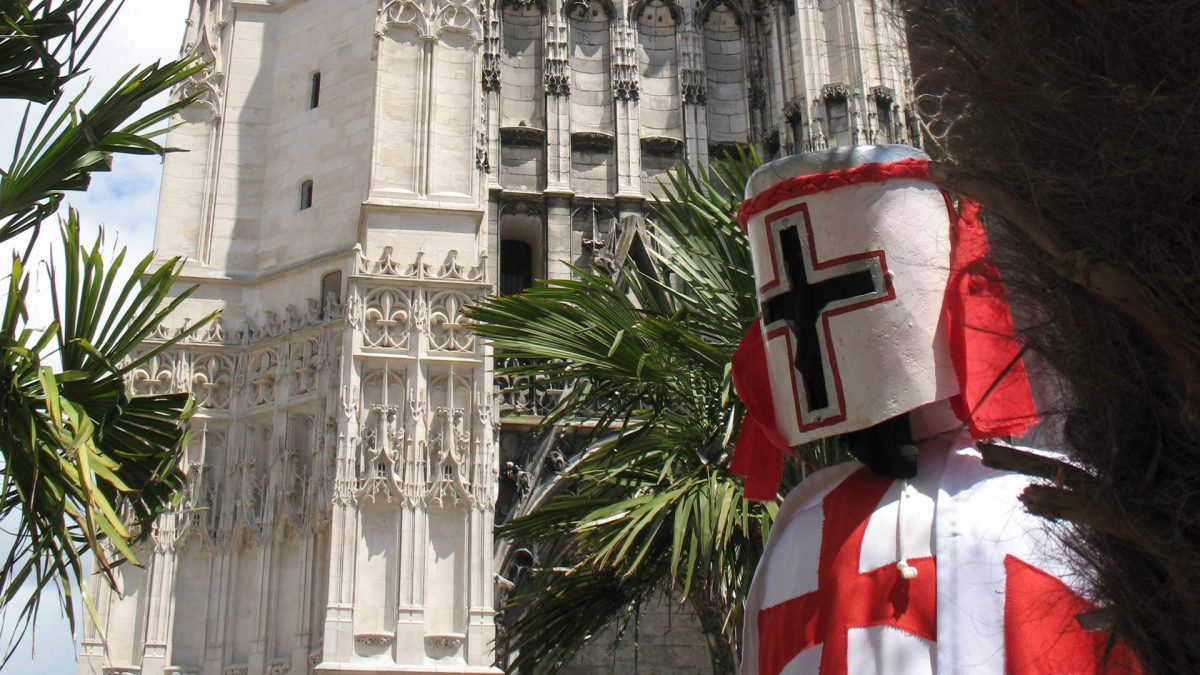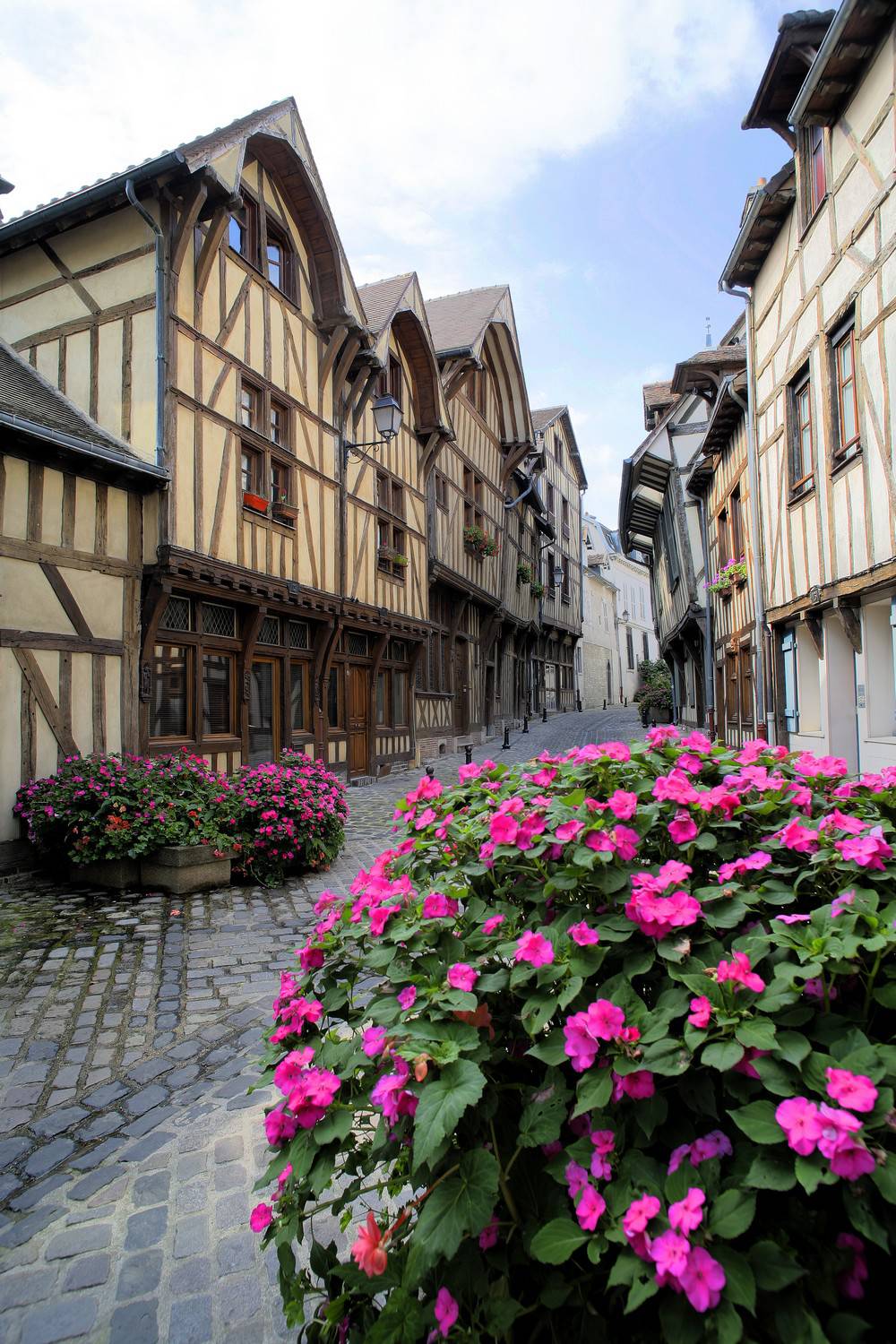Historically speaking, the guild tradition is, at least in part, connected with the Cistercian Order and the Order of the Temple. For example, guild members provided a skilled workforce and assistance to religious soldiers during the Crusades.
Their role was akin to what is known in the civilian sector as “logistics”, or in the military sector as “engineering” today. Without wishing to engage in excessive local bias, these relationships owed much to Troyes and the Aube.
The Cistercian Order
The Cistercian Order was founded by a certain Robert de Molesme, born in Troyes in 1029. He also undertook his novitiate in the city. He was a reformist Benedictine monk who founded Cîteaux Abbey, the cradle of a new religious order that would enjoy a spectacular rise under the auspices of Bernard of Clairvaux.
The future Saint Bernard founded his own abbey in Clairvaux, in the Aube, and convinced nine knights to set off to Jerusalem to defend the tomb of Christ that was under threat from Muslim expansion.
The leader of this band of knights was Hugues de Payns, the lord of the village of the same name just a few miles outside Troyes. Hugues de Payns spent several years in the Holy Land, forming a company of knights tasked with the protection of pilgrims.
The Order of the Temple
This militia, initially known as the Poor Fellow-Soldiers of Christ, had its headquarters directly outside Solomon’s Temple. The group subsequently became the Order of the Temple, founded in 1120. However, the Rule of the Knights Templar – supposedly written or inspired by Bernard of Clairvaux – was not officially approved by the Council of Troyes until 13 January 1129. Hugues de Payns was the first Grand Master of the Knights Templar.
The first western Temple Commandery was founded in Payns, the seat of Hugues de Payns, not far from Troyes.

The connection between the Knights Templar and the Cistercian
The connection between the Knights Templar and the Cistercian monks was also the likely reason for their link with the guild tradition. Two eminent Cistercian abbeys, Pontigny and Clairvaux, were located equidistant from the Forêt d’Othe, which covered the modern-day départements of Aube and Yonne.
Origin of the term “compagnons du devoir”
The forest was home to several ironmongers, who had joined forces to form a guild. This guild was bound to the Counts of Champagne by a deverium (or “duty” in English), which protected their trade secrets. The French word devoir (“duty”) is the origin of the term compagnon du devoir (a member of the Guild of Travelling Craftsmen).
The building effervescence of the Cistercians
The Cistercian monks were responsible for the construction of more than 250 cathedrals, 35,000 churches, a thousand or so monasteries and fortified bridges and squares across Europe.
This vast building project lies behind the modern guild tradition (“Saint Devoir de Dieu”) and freemasonry. Although there is no formal link between the guild tradition and freemasonry, the latter took its symbolism from the former, and many guild members are or were freemasons.
The “lodges” directly outside cathedrals under construction.
There is another analogy between the two traditions: the workers’ fraternities founded their “lodges” directly outside cathedrals under construction. The word “lodge” would later go on to refer to both the masonic obligations and the premises (also known as the “temple”) where the freemasons would meet. In Troyes, there are freemasons’ lodges named after Saint-Bernard and Hugues de Payns.
(1) The story of Hugues de Payns and the rise of the Knights Templar is recounted in a museum. It also features several items recovered from
the site by archaeologists, including a collection of coins discovered in 1998.
